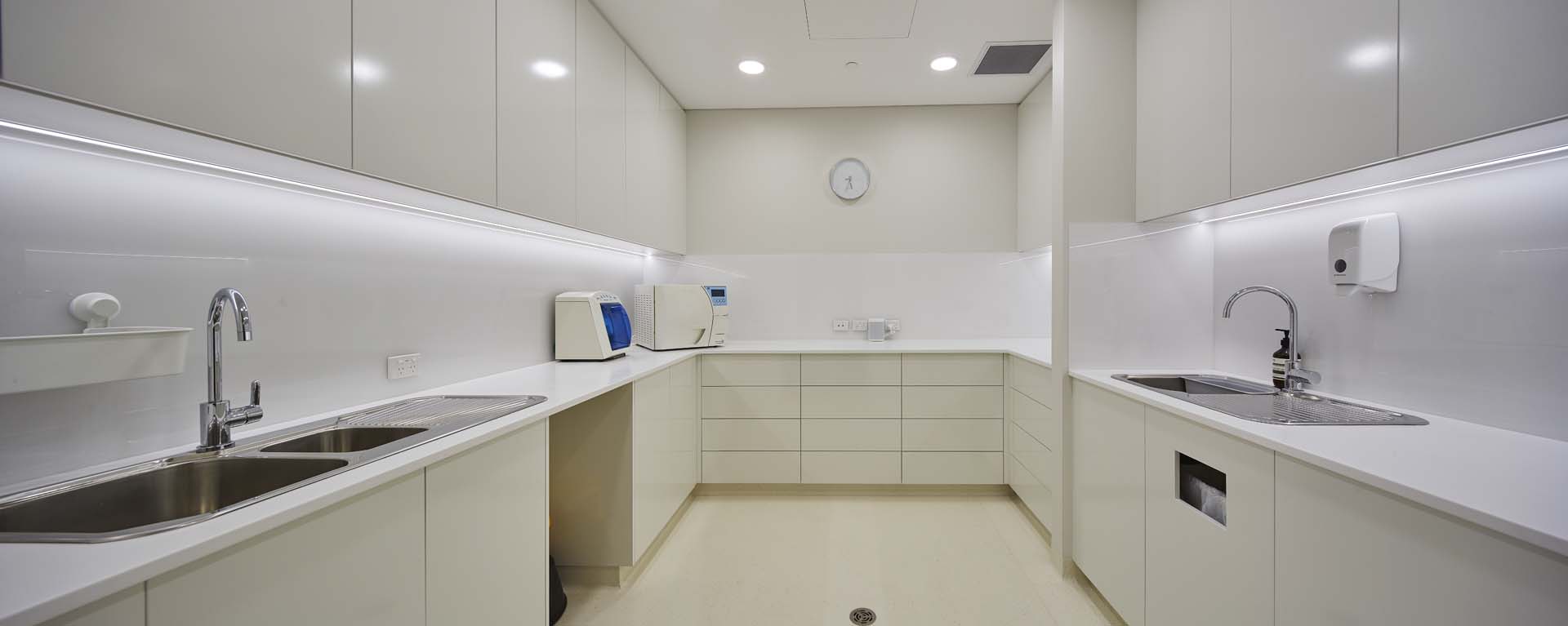
Infection Control in Healthcare Practice Design
Whilst infection control has always been an important consideration in healthcare practice design, the current Covid-19 pandemic has highlighted the vital role that infection control plays in keeping practitioners, staff and patients safe in a healthcare practice setting.
Building infection control strategies into your practice design is an effective way to minimise the risks and keep your practice operating through these troubled times. Medifit’s Design Director Geoff Raphael offers the following advice.
Complying with social distancing requirements in a confined space can be challenging. Creating an effective and efficient patient flow at the practice design stage helps to minimise the time patients spend in contact with each other. In larger practices and certain specialities the practice can be designed to have a circular patient flow so it is one-way traffic as much as possible. On smaller practices it is often possible to utilise the disability compliance rules with corridors designed for wheelchair turns to facilitate passing areas maintaining distancing requirements.
Material selection also plays an important role in infection control. For counters and benches, solid surface materials such as ‘Corian’ and ‘Austaron’ are non-porous, durable and easy to keep clean and disinfected. These products also have an antimicrobial range suitable for operating theatres and scrubs. In addition, HEPA filtered air conditioning systems can be incorporated into high risk areas and theatres to help minimise airborne pathogens.
Where laminates are used, post formed tops are preferred in lieu of joins which may harbour unwanted germs.
Careful consideration should be given to all touch points, including door handles, hand rails and latches to select surfaces that are easy to clean and disinfect. Metallics and solid surfaces provide a balance of aesthetics, durability and ease of care and are our preferred options here.
Visible controls help to communicate the importance of infection control to patients visiting the practice. These controls can include dedicated hand sanitiser stations designed to minimise repeat contact and clear screens at reception areas, putting physical protection between your staff and patients without losing the critical visual connection.
Building a solid infection control strategy into the design of your practice is an investment in the security of your healthcare career.
